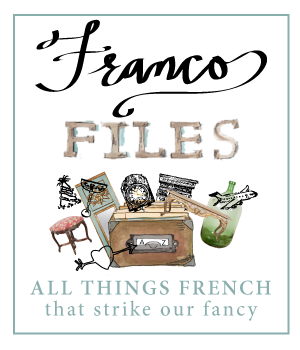
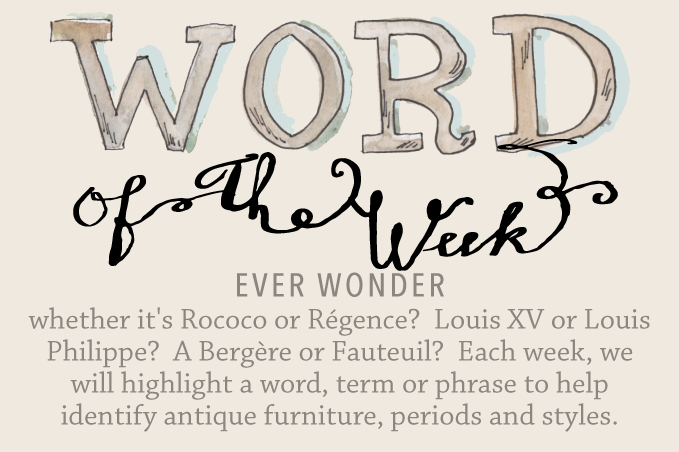
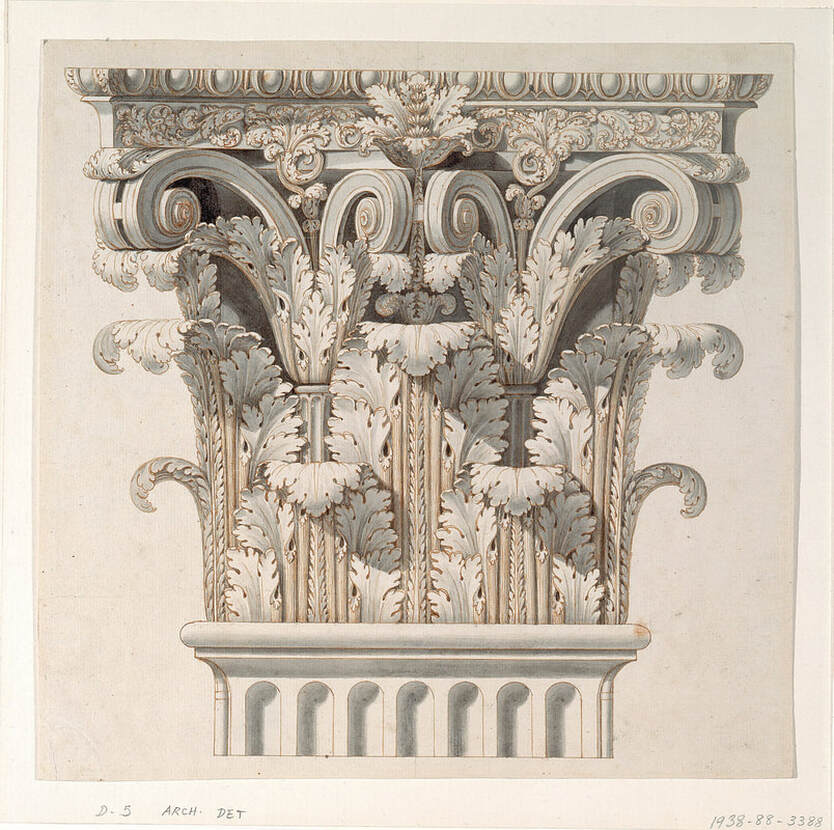
Drawing after Giocondo Albertolli, Corinthian Capital, 1798
A Leaf with a Legacy
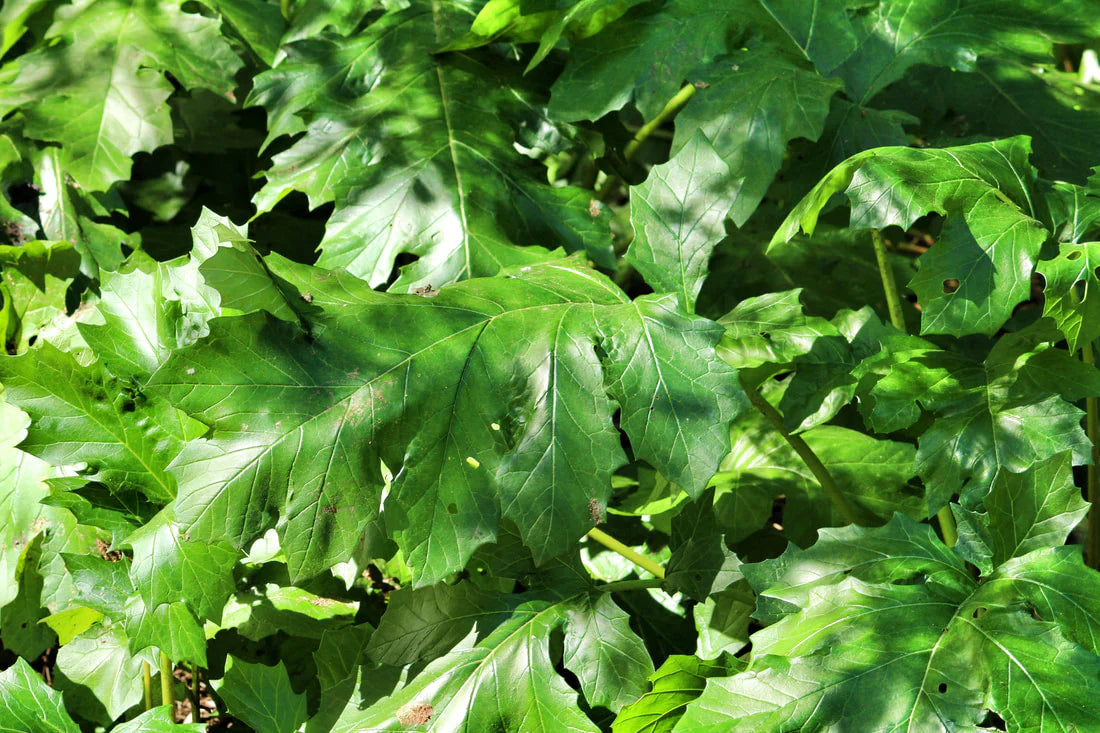
Colorful massed display of Acanthus mollis leaves
From Temples to Timelessness

Temple of Olympian Zeus, Athens — where Corinthian capitals flaunted their leafy finery.
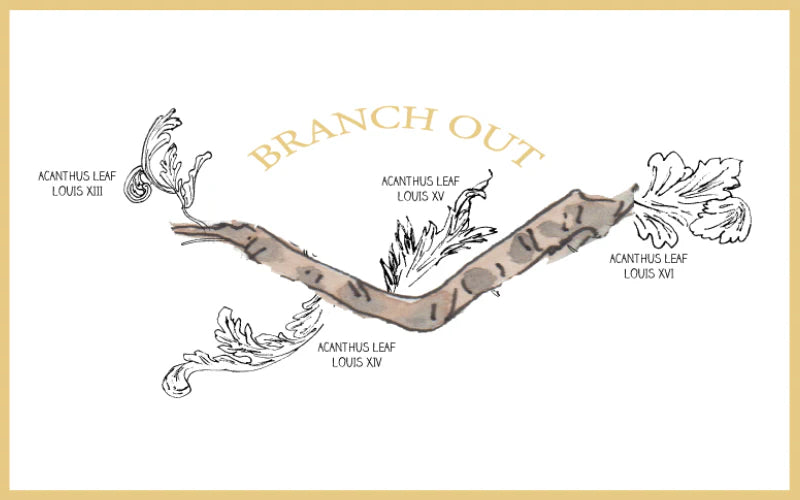
Branching through history: from the curls of Louis XIII to the neoclassical crispness of Louis XVI, each king left his mark on the acanthus leaf.
Always in Bloom
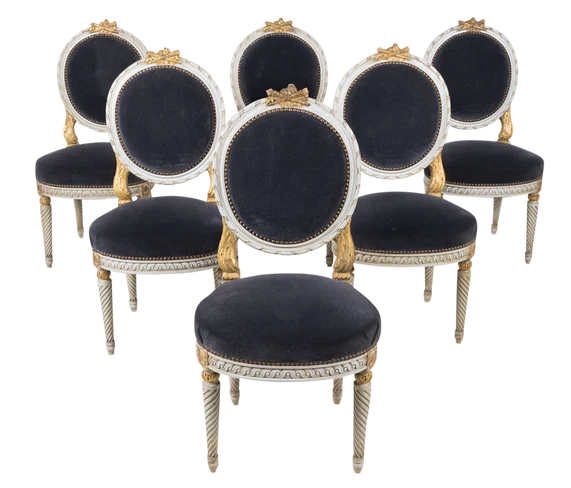
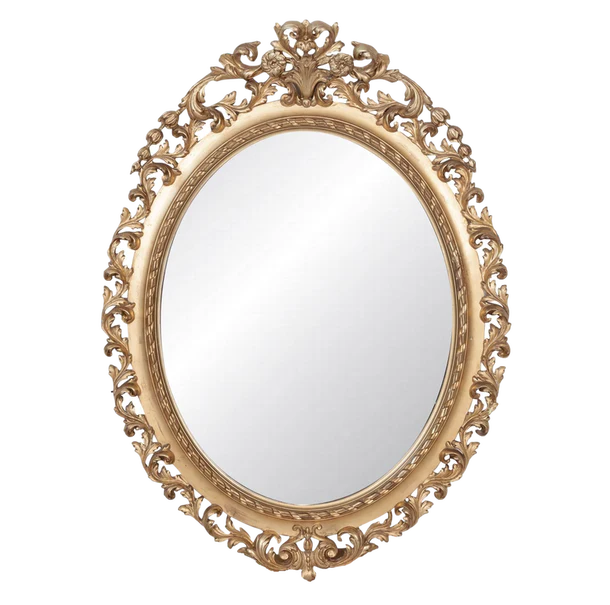
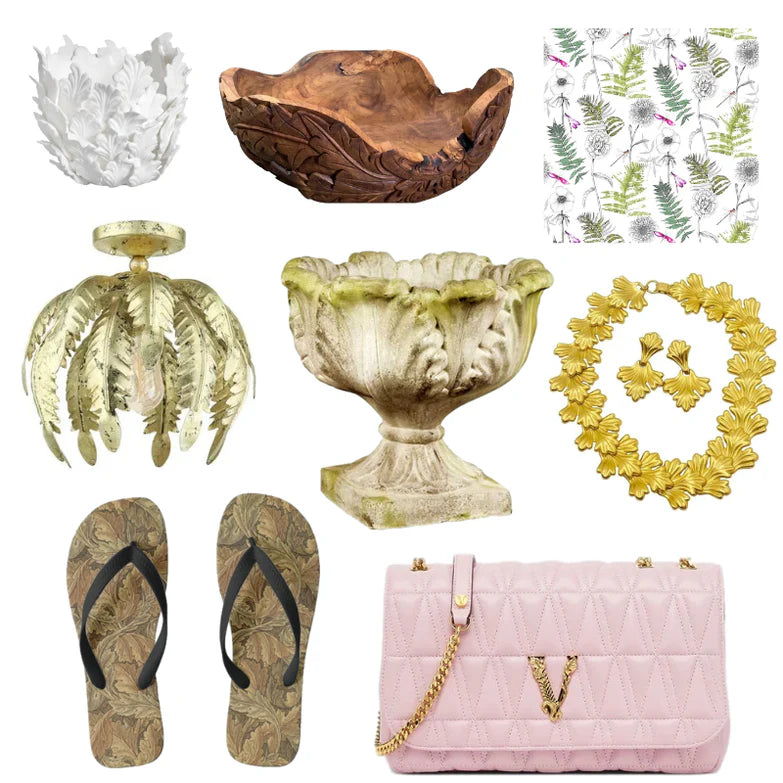
Vive la Feuille! (Long Live the Leaf)


Browse the Full Series
See all Word of the Week posts →
See all Word of the Week posts →

Browse the Full Series
See all Double Vision posts →
See all Double Vision posts →








